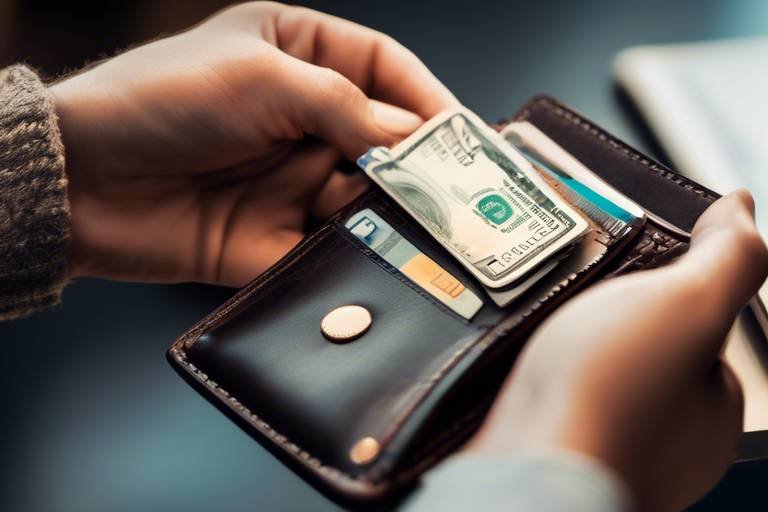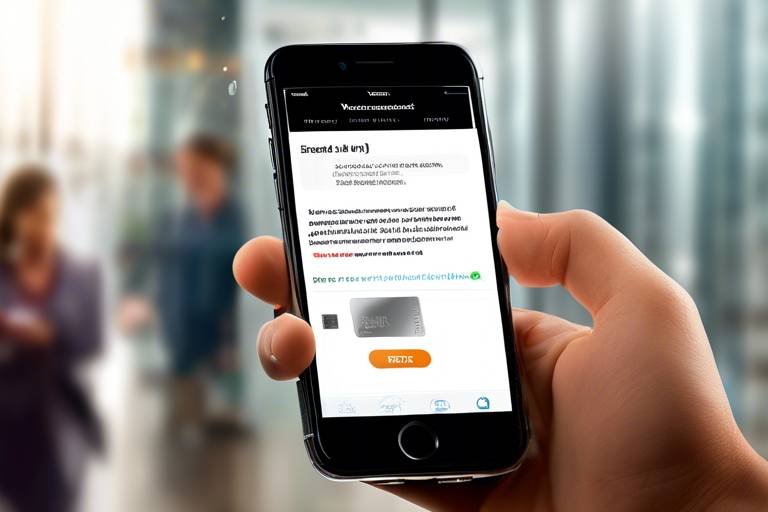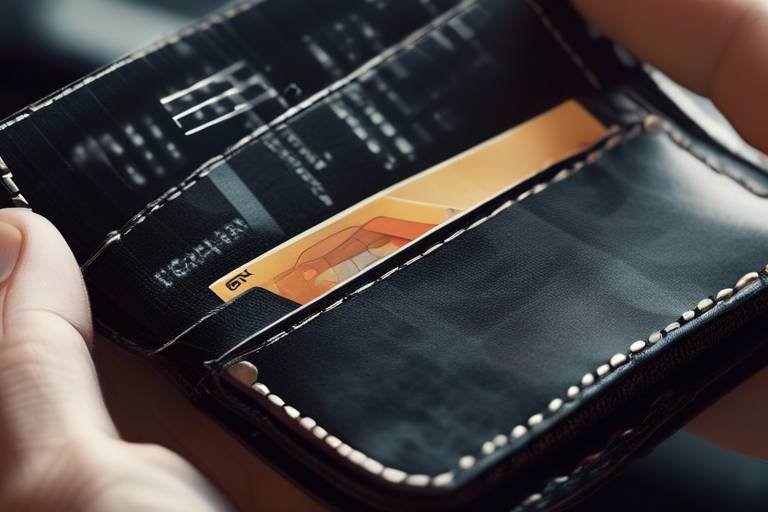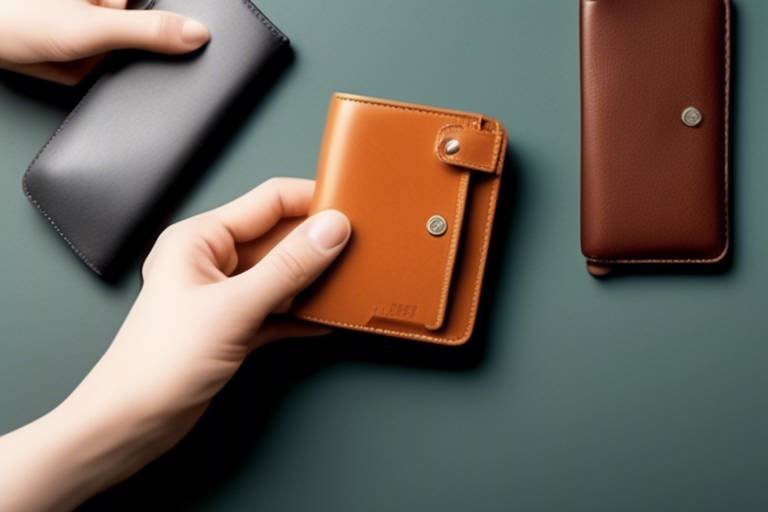The Importance of Wallet Functionality for User Retention
In today's fast-paced digital landscape, where convenience and efficiency reign supreme, the importance of wallet functionality cannot be overstated. As e-commerce and financial services continue to evolve, offering users a seamless way to manage their digital assets is crucial for maintaining their interest and loyalty. Imagine walking into a store where everything is organized, easy to find, and secure. That's exactly what a well-designed digital wallet can offer—a streamlined experience that encourages users to return time and time again.
When users can effortlessly store, manage, and transact with their digital assets, it significantly enhances their overall satisfaction. Think about it: in a world where options are abundant, why would a user choose to stick with a platform that makes their life complicated? The answer lies in the wallet's functionality. By providing features that cater to the needs of the users, platforms can boost retention rates and foster long-term customer loyalty. This article delves into the various aspects of wallet functionality and its impact on user retention, ensuring that your digital platform stands out in a crowded marketplace.
Moreover, the integration of wallet features with other services, such as loyalty programs and payment systems, can create an ecosystem that adds value for users. This interconnectedness not only enhances the user experience but also keeps them engaged, as they find more reasons to utilize the wallet regularly. In essence, a robust wallet functionality is not just a feature; it's a vital component of a platform's strategy to retain users and cultivate lasting relationships.
In summary, as we explore the intricacies of wallet functionality, remember that it's about more than just transactions. It's about creating an inviting space where users feel secure, valued, and engaged. A well-crafted digital wallet can be the difference between a one-time user and a loyal customer. So, let’s dive deeper into the elements that make wallet functionality a cornerstone of user retention.
Wallet functionality encompasses various features that allow users to store, manage, and transact with their digital assets seamlessly. This includes everything from storing payment methods and transaction histories to offering rewards and loyalty points. The effectiveness of these features can significantly impact user satisfaction and retention. When users have a positive experience with their wallet, they are more likely to return and continue using the platform.
The design of wallet interfaces plays a crucial role in user experience. A well-designed wallet interface influences how easily users can navigate and utilize wallet features. If a user struggles to find their funds or transaction history, frustration sets in, and the likelihood of them returning diminishes. Therefore, focusing on intuitive navigation and appealing visuals is critical for enhancing user satisfaction.
Intuitive navigation in wallet design ensures that users can quickly access their funds and transaction history. A simple, user-friendly interface allows users to manage their assets without unnecessary complications. Imagine trying to find a specific item in a cluttered room; it’s frustrating, right? The same applies to wallet functionality. If users can’t find what they need swiftly, they may choose to abandon the platform altogether.
A visually appealing wallet interface can enhance user engagement. Colors, fonts, and layout all contribute to the user experience. When users are greeted with a beautiful design, they are more likely to enjoy their interactions and return to the platform regularly. It’s akin to walking into a well-decorated café; the ambiance makes you want to stay longer.
Responsive design is essential for ensuring that wallets function well across various devices. Users expect a consistent experience whether they are on mobile or desktop. A wallet that adapts to different screen sizes and resolutions not only enhances usability but also increases the likelihood of user retention. Think of it as a well-tailored suit that fits perfectly no matter the occasion—users appreciate that level of attention to detail.
Robust security features are essential for wallet functionality. They protect user data and funds, building trust and confidence that promotes long-term retention. Users need to feel safe when managing their digital assets, and platforms that prioritize security are more likely to earn their loyalty. This is especially true in an era where data breaches and cyber threats are rampant.
Integrating wallet functionality with other services, such as loyalty programs and payment systems, can enhance user value. This interconnectedness encourages users to engage more with the wallet, as they find additional benefits that make their experience richer. For instance, receiving rewards points for every transaction can incentivize users to choose your platform over competitors.
Cross-platform accessibility allows users to access their wallets from multiple devices. This flexibility makes it easier for users to manage their assets, increasing the likelihood of retention. Imagine being able to access your bank account from your phone, tablet, or computer without any hiccups—it’s a game-changer.
Real-time notifications about transactions and offers keep users informed. This feature enhances their engagement with the wallet and encourages them to use it more frequently. Just like receiving timely updates on your favorite sports team keeps you in the loop, notifications about wallet activity keep users connected to their financial ecosystem.
- What is wallet functionality?
Wallet functionality includes features that allow users to manage their digital assets, such as storing payment methods and tracking transactions. - Why is user experience important for wallets?
A positive user experience encourages users to return and engage with the wallet, boosting retention rates. - How does security impact user retention?
Robust security features build trust, which is essential for users to feel safe when managing their assets. - Can wallet functionality integrate with other services?
Yes, integrating with loyalty programs and payment systems enhances user value and encourages ongoing engagement.

Understanding Wallet Functionality
This article explores how effective wallet features enhance user experience, boost retention rates, and drive customer loyalty in digital platforms, particularly in e-commerce and financial services.
Wallet functionality encompasses a range of features designed to allow users to store, manage, and transact with their digital assets in a seamless manner. Imagine your wallet as a digital treasure chest where every coin, bill, and card is neatly organized, accessible at your fingertips. This functionality is not just about storing money; it extends to managing loyalty points, cryptocurrencies, and other digital assets. In today's fast-paced world, users expect their wallets to be more than just a place to keep funds; they want a comprehensive solution that caters to their financial needs.
Effective wallet functionality significantly impacts user satisfaction and retention. When users can effortlessly navigate their wallets, they are more likely to engage with the platform regularly. For example, consider the following key features that enhance wallet functionality:
- Transaction History: Users appreciate having a clear overview of their transactions. A well-organized history helps them track their spending and manage their finances more effectively.
- Easy Fund Transfers: The ability to transfer funds quickly and securely can make or break user experience. If a user can send money to a friend or pay a bill with just a few taps, they are more likely to return.
- Loyalty Integration: Integrating loyalty programs into the wallet can provide added value, encouraging users to keep coming back to the platform.
In essence, wallet functionality is about creating a user-friendly environment where managing digital assets feels intuitive and enjoyable. The more streamlined and efficient the wallet features are, the higher the likelihood that users will remain loyal to the platform.
Moreover, the importance of wallet functionality extends beyond mere convenience. It plays a crucial role in building trust between the user and the platform. When users feel secure in their transactions and confident that their data is protected, they are more likely to engage deeply with the service. This sense of security fosters a long-term relationship, transforming casual users into loyal customers. Thus, understanding wallet functionality is not just about the features themselves; it is also about the emotional connection users develop with their digital wallets.
The design of wallet interfaces plays a crucial role in user experience, influencing how easily users can navigate and utilize wallet features, ultimately affecting retention.
Intuitive navigation in wallet design ensures that users can quickly access their funds and transaction history, fostering a positive experience that encourages continued use.
A visually appealing wallet interface can enhance user engagement, making the experience more enjoyable and encouraging users to return regularly.
Responsive design ensures that wallets function well across various devices, providing users with a consistent experience whether they are on mobile or desktop.
Robust security features are essential for wallet functionality, as they protect user data and funds, building trust and confidence that promotes long-term retention.
Integrating wallet functionality with other services, such as loyalty programs and payment systems, can enhance user value and encourage users to stay engaged.
Cross-platform accessibility allows users to access their wallets from multiple devices, making it easier for them to manage their assets and increasing the likelihood of retention.
Real-time notifications about transactions and offers keep users informed, enhancing their engagement with the wallet and encouraging them to use it more frequently.
Q: What is wallet functionality?
A: Wallet functionality refers to the features that allow users to store, manage, and transact with their digital assets, enhancing their overall experience on the platform.
Q: Why is wallet design important?
A: The design of a wallet interface directly influences user experience. A well-designed wallet makes navigation easy and enjoyable, leading to higher retention rates.
Q: How does security affect user retention?
A: Robust security features build trust with users. When users feel their data and funds are secure, they are more likely to continue using the wallet and engage with the platform.

User Experience and Wallet Design
When it comes to digital wallets, the user experience is paramount. Imagine walking into a store where everything is chaotic, and you can’t find what you’re looking for. Frustrating, right? The same feeling applies to digital wallets. A well-designed wallet interface can make all the difference in how users interact with their digital assets. If the design is clunky or confusing, users are likely to abandon it faster than you can say "transaction declined."
One of the key elements of effective wallet design is intuitive navigation. Users should be able to find their funds and transaction history with ease. Think of it like a well-organized closet: when everything has a place, it’s easy to grab what you need. Similarly, if users can quickly access their balance, send money, or check past transactions without unnecessary clicks, they are more likely to stick around. In fact, studies show that a seamless navigation experience can increase user retention by as much as 30%.
Another crucial aspect is the visual appeal of the wallet interface. A visually engaging design can captivate users and make them feel more at home. Imagine walking into a beautifully designed café versus a dull, poorly lit diner. The ambiance matters! Bright colors, clear fonts, and an aesthetically pleasing layout can transform a mundane task into an enjoyable experience. Users are more likely to return to a wallet that looks good and feels good to use.
Moreover, let’s not forget about responsive design. In our fast-paced world, users switch between devices like it’s a game of hopscotch. A wallet that works seamlessly on both mobile and desktop platforms ensures that users can manage their finances anytime, anywhere. This consistency is vital because it builds trust. When users know they can rely on their wallet to perform well, regardless of the device, they are more likely to engage with it regularly.
In addition to these design elements, robust security features are essential for building user confidence. No one wants to feel like their hard-earned money is at risk. Wallets that incorporate advanced security measures—such as two-factor authentication, biometric login, and encryption—instill a sense of safety. When users feel secure, they are more likely to use the wallet for transactions, leading to higher retention rates.
To summarize, the user experience in wallet design is a multifaceted endeavor that combines intuitive navigation, visual appeal, responsive design, and security features. Each of these components plays a vital role in attracting and retaining users. A well-designed wallet is not just a tool; it’s an experience that can foster loyalty and encourage ongoing engagement.
- What is wallet functionality? Wallet functionality refers to the features that allow users to store, manage, and transact with their digital assets.
- Why is user experience important in wallet design? A good user experience ensures that users can navigate and utilize wallet features easily, which enhances satisfaction and encourages retention.
- How does security impact user retention? Strong security features build trust and confidence, making users more likely to continue using the wallet for their transactions.

Intuitive Navigation
When it comes to wallet functionality, is the secret sauce that can make or break a user's experience. Imagine walking into a store where everything is perfectly organized, and you can find what you need without breaking a sweat. That's the kind of experience users expect from their digital wallets. If they can easily access their funds, transaction history, and wallet features without feeling lost or overwhelmed, they're more likely to stick around and keep coming back for more.
One of the key elements of intuitive navigation is a well-structured layout. Users should be able to glance at the interface and instantly understand where to click to complete their desired actions. This can be achieved through the use of clear labels, recognizable icons, and logical groupings of related features. For instance, having a dedicated section for transactions, settings, and support can help users quickly find what they need. Think of it like a well-organized toolbox where every tool has its place, making it easy for users to grab what they need without rummaging through clutter.
Moreover, incorporating search functionalities can significantly enhance navigation. Users are often in a hurry, and allowing them to search for specific transactions or features can save them precious time. Just like using a search bar on a website, a wallet with a robust search function empowers users to locate information swiftly, enhancing their overall satisfaction.
Another aspect that cannot be overlooked is the importance of feedback mechanisms. Users appreciate knowing that their actions have been recognized. Implementing visual cues, such as highlighting buttons when hovered over or providing confirmation messages after a transaction, can make users feel more in control. This simple acknowledgment can lead to a more satisfying experience, making them feel like they are in charge of their financial dealings rather than fumbling through a confusing interface.
Finally, it's essential to consider the user journey. Mapping out the typical pathways users take when interacting with the wallet can help designers identify potential pain points. By anticipating where users might get stuck or frustrated, developers can create a more seamless experience. This proactive approach not only enhances usability but also fosters a sense of loyalty among users who appreciate a platform that understands their needs.
In summary, intuitive navigation in wallet design is not just about aesthetics; it's about creating a user-friendly experience that encourages continued engagement. When users can navigate their wallets effortlessly, they are more likely to return, fostering a loyal customer base that feels confident in managing their digital assets.
- What is intuitive navigation?
Intuitive navigation refers to a user-friendly interface that allows users to easily find and access features without confusion. - Why is navigation important for wallet functionality?
Good navigation enhances user experience, leading to higher satisfaction and retention rates. - How can I improve my wallet’s navigation?
Consider using clear labels, recognizable icons, search functionalities, and feedback mechanisms to enhance user experience. - What role does user feedback play in navigation design?
User feedback helps identify pain points and areas for improvement, ensuring a smoother experience for all users.
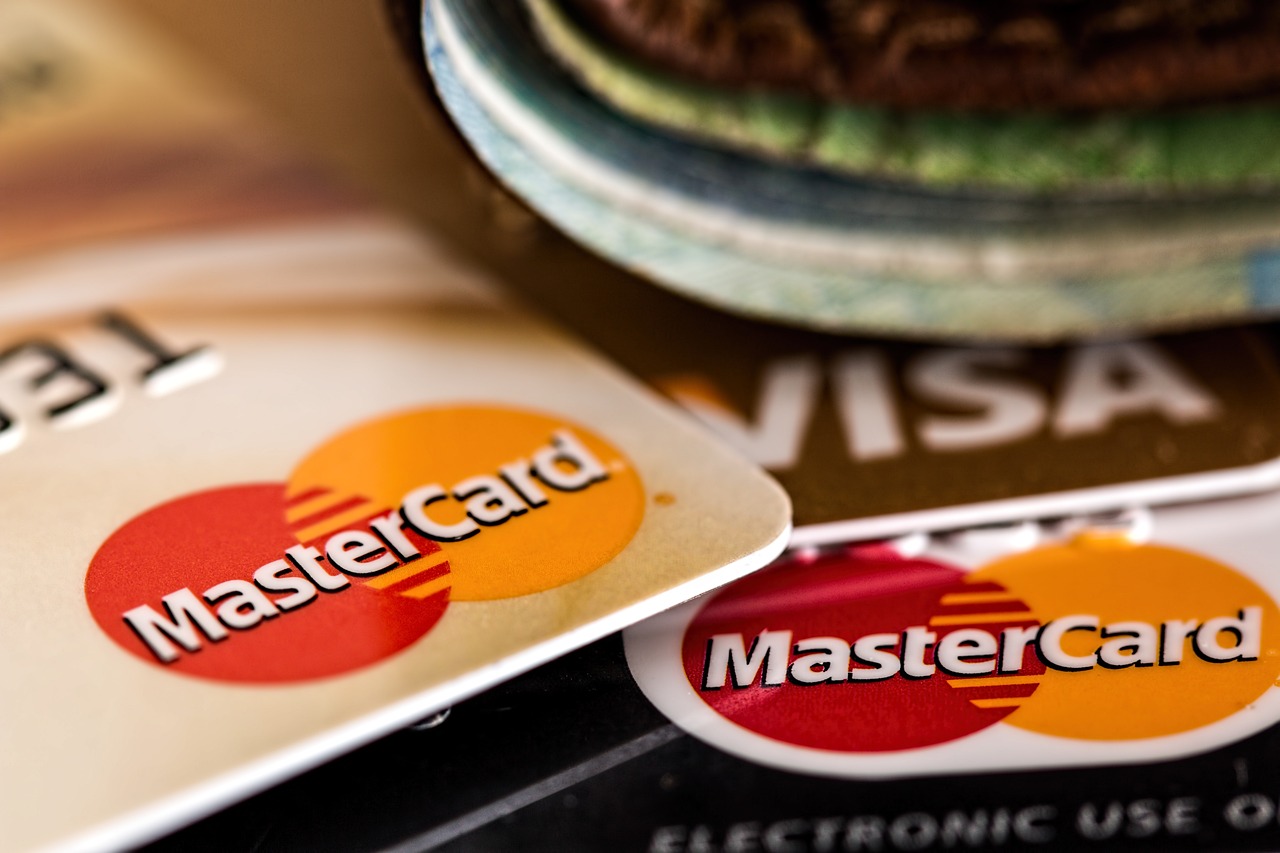
Visual Appeal
When we talk about in wallet design, we aren’t just discussing aesthetics; we’re diving into the very essence of user engagement. Imagine walking into a store that’s brightly lit, with attractive displays and a welcoming atmosphere. You’d naturally want to explore, right? The same principle applies to digital wallets. A well-designed interface can captivate users, making them feel comfortable and eager to interact with their digital assets.
A wallet that boasts a clean, modern design can significantly enhance the user's experience. For instance, using colors that evoke trust—like blues and greens—can make users feel secure while navigating their wallets. Additionally, incorporating intuitive icons and clear typography can guide users effortlessly through their transactions. Think of it as a map leading you to your destination without any detours. When users can easily identify where to click or how to navigate, it reduces frustration and encourages them to return.
Moreover, the use of visual hierarchy plays a crucial role in guiding users' attention. By strategically placing important information, such as account balances or recent transactions, at the top of the screen or using larger fonts, you can ensure that users see what matters most at a glance. This not only improves usability but also enhances the overall experience. Users appreciate when their needs are anticipated and met without unnecessary clicks or confusion.
Animations and micro-interactions can also add a layer of delight to wallet functionality. For example, a subtle animation when a transaction is completed can provide users with a sense of accomplishment, similar to the feeling of receiving a rewarding notification after a successful purchase. These little touches can transform a mundane task into an enjoyable experience, fostering a deeper connection between users and the wallet.
In essence, the visual appeal of a wallet is not just about looking good; it’s about creating an environment that promotes user engagement and satisfaction. When users feel good about the interface they are interacting with, they are more likely to return. That’s the ultimate goal: to create a wallet that not only meets functional needs but also resonates emotionally with users.
- What is wallet functionality? Wallet functionality refers to features that allow users to store, manage, and transact with their digital assets seamlessly.
- Why is visual appeal important in wallet design? Visual appeal enhances user engagement, making the experience enjoyable and encouraging users to return regularly.
- How can security features impact user retention? Robust security features protect user data and funds, building trust and confidence that promotes long-term retention.
- What role does responsive design play in wallet usability? Responsive design ensures that wallets function well across various devices, providing a consistent user experience.
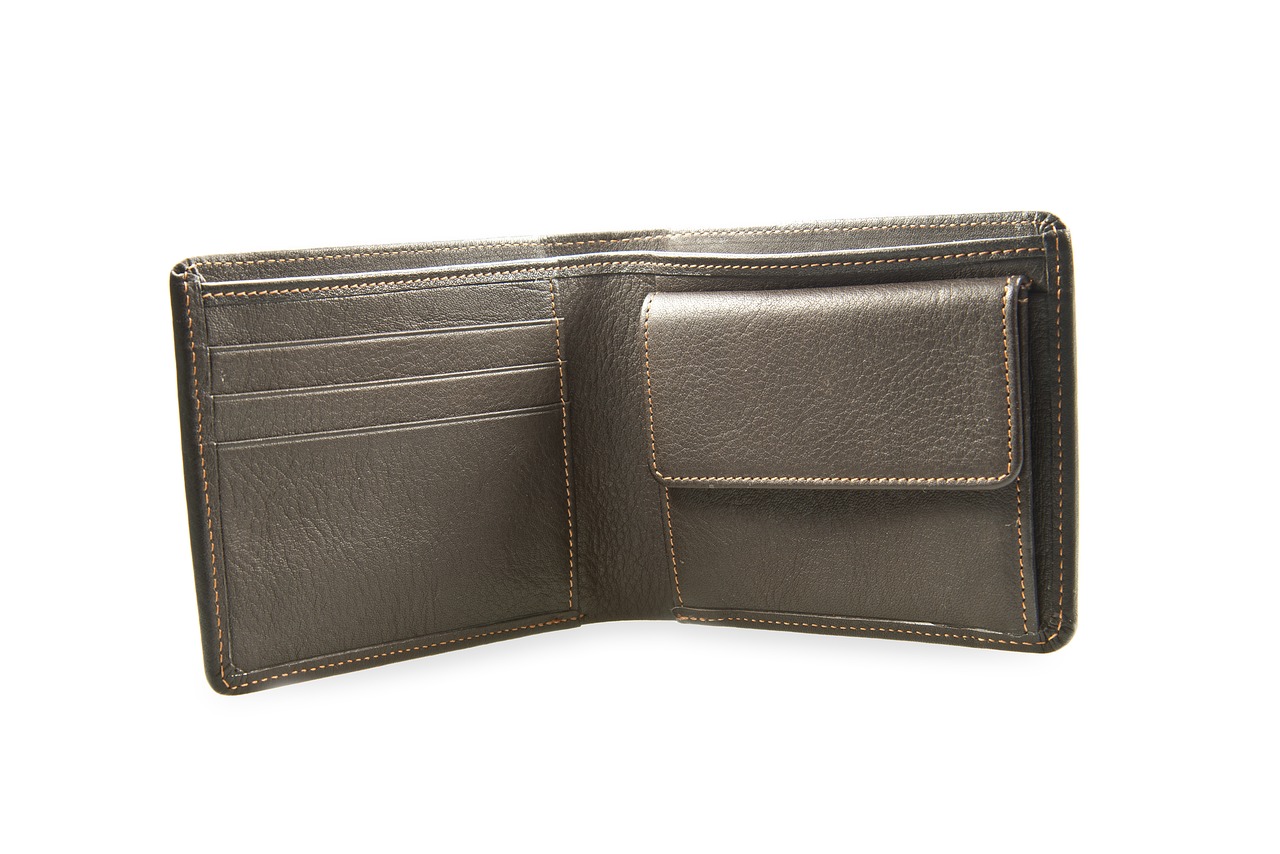
Responsive Design
This article explores how effective wallet features enhance user experience, boost retention rates, and drive customer loyalty in digital platforms, particularly in e-commerce and financial services.
Wallet functionality encompasses various features that allow users to store, manage, and transact with their digital assets seamlessly, significantly impacting user satisfaction and retention.
The design of wallet interfaces plays a crucial role in user experience, influencing how easily users can navigate and utilize wallet features, ultimately affecting retention.
Intuitive navigation in wallet design ensures that users can quickly access their funds and transaction history, fostering a positive experience that encourages continued use.
A visually appealing wallet interface can enhance user engagement, making the experience more enjoyable and encouraging users to return regularly.
In today's fast-paced digital world, is not just a luxury; it's a necessity. Imagine trying to access your wallet on a tiny phone screen only to find that the layout is all jumbled and the buttons are too small to click! Frustrating, right? That's why a responsive design ensures that wallet functionality adapts seamlessly across various devices, whether it's a smartphone, tablet, or desktop. It provides a consistent and user-friendly experience, allowing users to manage their digital assets effortlessly, no matter where they are.
When a wallet is designed responsively, it means that:
- Users can easily navigate through their funds and transaction history on any device.
- Buttons and links are appropriately sized for touch screens, reducing the chances of errors.
- The overall layout adjusts to different screen sizes, ensuring that important information is always visible.
Moreover, responsive design can significantly impact user engagement. Users are more likely to return to a wallet that provides a smooth experience across devices. It's like having a well-organized toolbox that you can easily carry anywhere; everything you need is right there, accessible and ready to use. By investing in responsive design, businesses not only enhance user satisfaction but also cultivate a loyal customer base that appreciates the convenience of managing their finances on the go.
Robust security features are essential for wallet functionality, as they protect user data and funds, building trust and confidence that promotes long-term retention.
Integrating wallet functionality with other services, such as loyalty programs and payment systems, can enhance user value and encourage users to stay engaged.
Cross-platform accessibility allows users to access their wallets from multiple devices, making it easier for them to manage their assets and increasing the likelihood of retention.
Real-time notifications about transactions and offers keep users informed, enhancing their engagement with the wallet and encouraging them to use it more frequently.
- What is wallet functionality? Wallet functionality refers to the features that allow users to store, manage, and transact with digital assets.
- Why is responsive design important? Responsive design ensures a seamless user experience across devices, making it easier for users to manage their wallets.
- How does security impact user retention? Strong security features build trust, which is crucial for retaining users over the long term.
- Can wallet functionality integrate with other services? Yes, integrating with services like loyalty programs enhances user value and engagement.

Security Features
When it comes to digital wallets, are not just an add-on; they are the backbone of user trust and retention. Imagine handing over your hard-earned money to a stranger without any assurance that they will keep it safe. That's how users feel when they use a wallet that lacks robust security measures. A secure wallet must incorporate multiple layers of protection to ensure that user data and funds are safe from cyber threats.
One of the most critical security features is encryption. This technology scrambles user data, making it unreadable to anyone who doesn't have the decryption key. Think of it as a secret code that only you and the wallet can understand. This way, even if a hacker intercepts the data, they won't be able to make sense of it. Alongside encryption, two-factor authentication (2FA) adds an extra layer of security. Users must verify their identity through a second method, such as a text message or an authentication app, before accessing their wallet. This makes it significantly harder for unauthorized users to gain access.
Another essential feature is biometric authentication, which uses unique biological traits such as fingerprints or facial recognition to confirm a user's identity. This method is not only convenient but also incredibly secure. After all, you can't fake a fingerprint! Furthermore, wallets should provide transaction alerts. These notifications inform users of any activity in their accounts, allowing them to respond quickly if something seems off. Imagine receiving a text alerting you to a transaction you didn't authorize; this immediate feedback can prevent potential losses.
In addition to these features, regular security audits and updates are crucial. Digital threats evolve rapidly, and so should the security measures in place. Wallet providers must continually assess their systems for vulnerabilities and patch them promptly. This proactive approach not only protects users but also builds trust, as users feel confident that their wallet provider is taking their security seriously.
To summarize, the importance of security features in wallet functionality cannot be overstated. They are not merely technical specifications; they are essential for fostering a safe and trustworthy environment. Users are more likely to remain loyal to a platform that prioritizes their security, ensuring that they feel comfortable managing their digital assets. Ultimately, a secure wallet is a happy wallet, and happy wallets lead to increased user retention.
- What is two-factor authentication (2FA)?
2FA is a security process that requires two different forms of identification to access an account, adding an extra layer of protection. - How does encryption work in digital wallets?
Encryption transforms user data into a coded format that can only be read by authorized parties, keeping information secure from unauthorized access. - Why are transaction alerts important?
Transaction alerts notify users of any account activity, allowing them to quickly identify and respond to unauthorized transactions. - What should I do if I receive a suspicious transaction alert?
Immediately check your account for any unauthorized transactions and contact your wallet provider’s customer support for assistance.
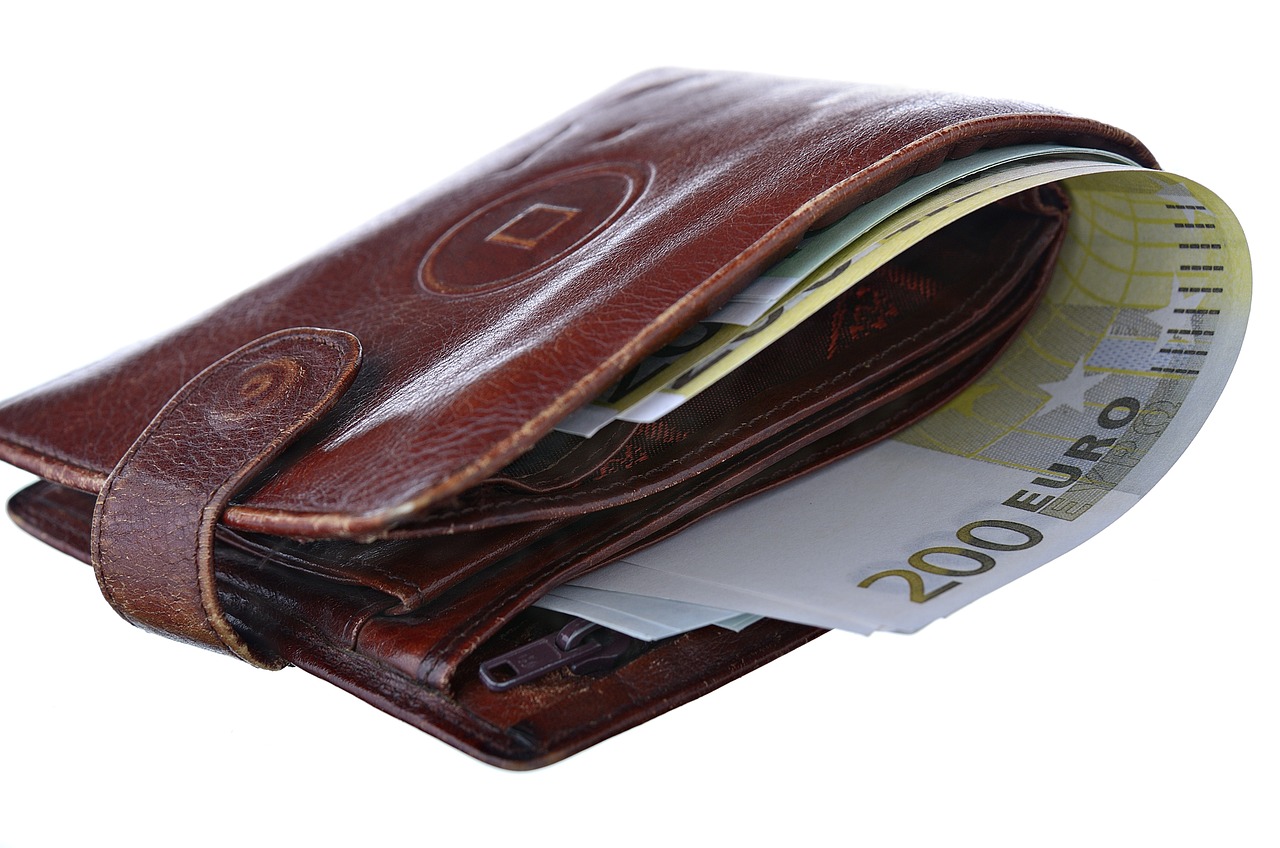
Integration with Other Services
When it comes to digital wallets, integration with other services is nothing short of a game-changer. Imagine you're at a coffee shop, and you want to pay for your latte using your digital wallet. But wait! What if your wallet could also offer you points for every purchase, seamlessly connecting your payment to a loyalty program? This is the magic of integration. By linking wallet functionality to various services, businesses can create a more cohesive and rewarding experience for users, ultimately driving retention.
One of the most significant advantages of integrating wallets with other services is the ability to enhance user value. For instance, when users can access their loyalty points, transaction histories, and even personalized offers all in one place, it creates a sense of convenience that keeps them coming back. This interconnectedness not only simplifies transactions but also fosters a deeper connection between the user and the brand.
Moreover, the integration of wallets with payment systems can lead to a more streamlined checkout process. Users appreciate when they can complete transactions quickly without having to juggle multiple apps or services. For example, if a user can link their bank account, credit card, and loyalty program directly to their digital wallet, the entire payment experience becomes frictionless. This not only saves time but also reduces the chances of cart abandonment, which is crucial for e-commerce platforms.
Let's not forget about the importance of cross-platform accessibility. With users hopping between devices, having a wallet that integrates seamlessly across platforms is essential. Whether they are using a smartphone, tablet, or desktop, users should be able to access their wallet and associated services without any hiccups. This kind of accessibility ensures that users can manage their assets anytime, anywhere, increasing the likelihood of retention.
Real-time notifications are another fantastic feature that can be enhanced by integration. By providing users with instant updates about their transactions, special offers, or loyalty points, wallets can keep users engaged and informed. For example, if a user receives a notification that they have earned enough points for a free coffee, they are more likely to return to that coffee shop to redeem their reward. This not only boosts user engagement but also strengthens customer loyalty.
In summary, the integration of wallet functionality with other services is not just a nice-to-have; it’s a necessity for businesses aiming to enhance user experience and retention. By creating a unified platform where users can manage payments, loyalty programs, and notifications, companies can foster a loyal customer base that feels valued and connected.
- What are the benefits of integrating wallet functionality with other services?
Integrating wallet functionality with other services enhances user experience, simplifies transactions, and encourages customer loyalty by providing a cohesive platform for managing payments and rewards. - How does cross-platform accessibility affect user retention?
Cross-platform accessibility allows users to access their wallets from any device, making it easier to manage assets and increasing the likelihood of continued use. - Why are real-time notifications important for digital wallets?
Real-time notifications keep users informed about transactions and offers, enhancing engagement and encouraging more frequent use of the wallet.
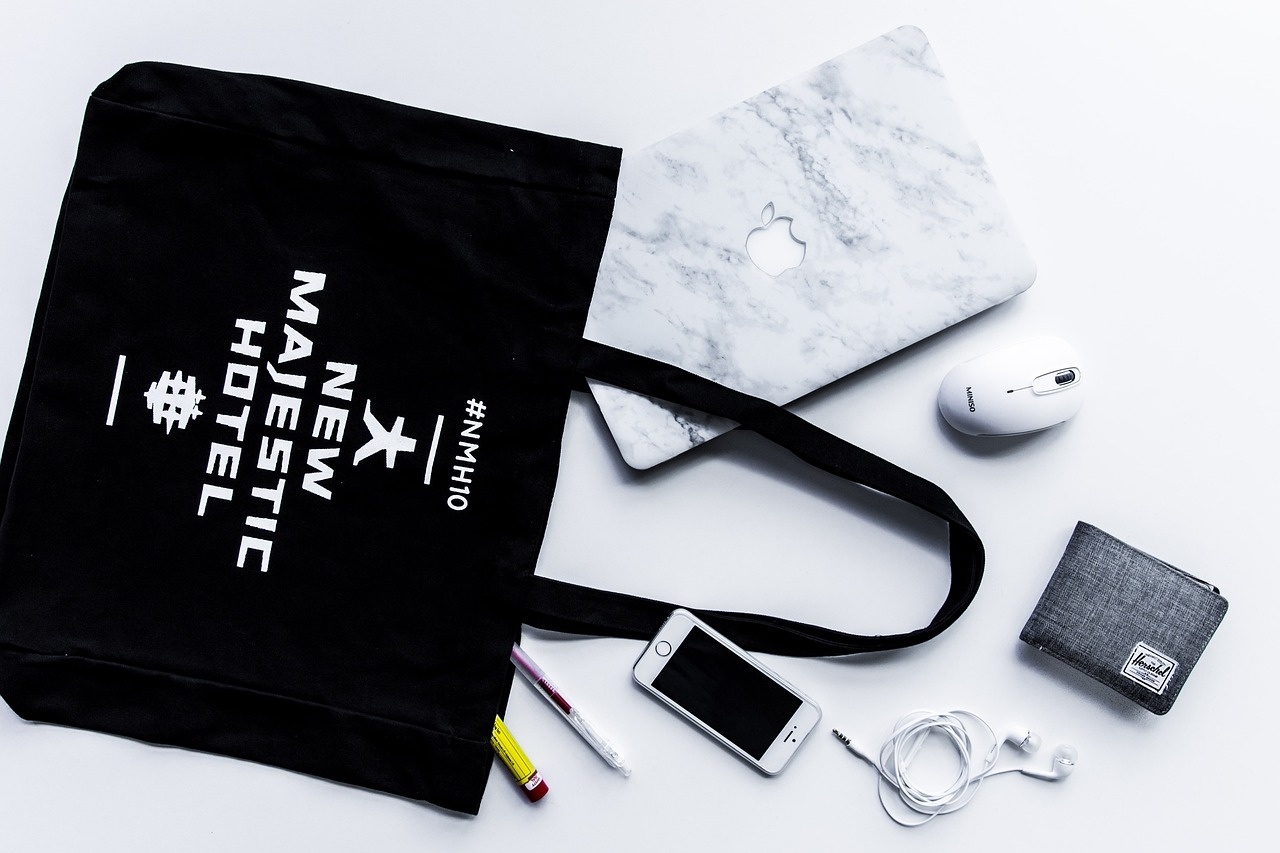
Cross-Platform Accessibility
In today's fast-paced digital landscape, has become a cornerstone of user experience. Imagine being able to manage your digital wallet effortlessly, whether you're at home on your laptop, commuting on your phone, or even using a tablet at a café. This seamless access to wallet functionality is not just a luxury; it's a necessity for retaining users in a competitive market. When users can easily switch between devices, they feel empowered and in control of their assets, which significantly boosts their overall satisfaction.
Consider this: if a user initiates a transaction on their smartphone but has to switch to their desktop to complete it, the chances of them abandoning the process increase dramatically. This is where shines. By ensuring that wallets are optimized for various platforms, businesses can create an ecosystem that encourages users to engage consistently. Users want to know that they can pick up where they left off, regardless of the device they are using.
Furthermore, this accessibility isn't just about convenience; it's about creating a cohesive experience. When a wallet can synchronize data across devices, users can enjoy features such as:
- Real-Time Updates: Users receive instant notifications about their transactions, ensuring they are always informed.
- Seamless Transactions: Completing a purchase or transferring funds becomes a fluid experience with no interruptions.
- Consistent User Interface: A uniform design across platforms helps users feel familiar and comfortable, reducing the learning curve.
Moreover, integrating wallet functionality with other applications can enhance user engagement. For instance, if a user has a loyalty program linked to their wallet, they can easily check their points or redeem rewards across any device. This interconnectedness not only adds value but also encourages users to return, knowing that their wallet is more than just a place to store money—it's a gateway to numerous benefits.
In conclusion, is vital for fostering user retention. By allowing users to manage their wallets seamlessly across devices, businesses can create a more engaging and satisfying experience. As we move forward, companies that prioritize this feature will undoubtedly have a competitive edge, as they cater to the needs of a dynamic, on-the-go user base.
- What is cross-platform accessibility?
Cross-platform accessibility refers to the ability of users to access and manage their digital wallets from multiple devices, such as smartphones, tablets, and desktops, without any hassles. - Why is it important for user retention?
It enhances user experience by providing convenience and consistency, leading to increased satisfaction and loyalty among users. - How can businesses improve cross-platform accessibility?
By ensuring that their wallet applications are optimized for various devices and that data synchronizes seamlessly across platforms.
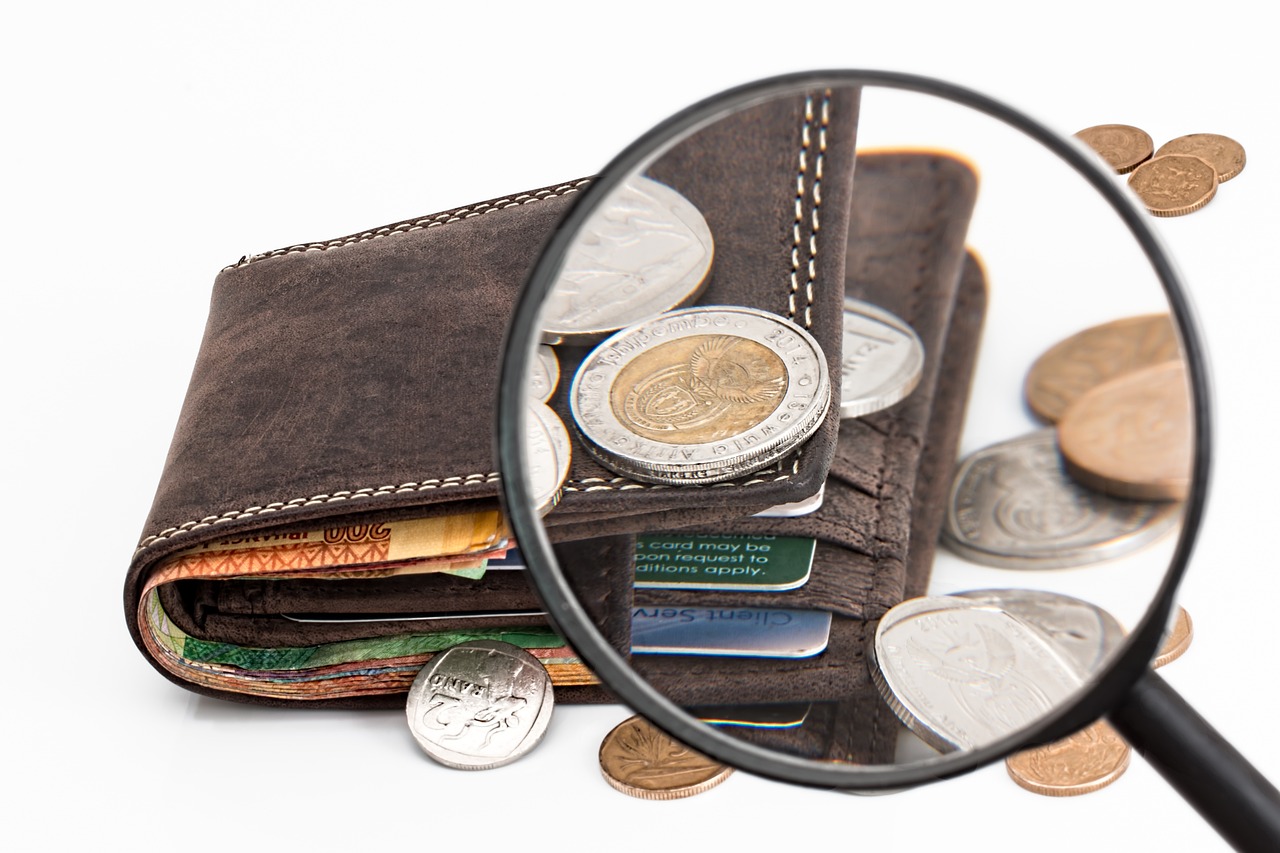
Real-Time Notifications
Real-time notifications are like the heartbeat of a digital wallet; they keep users connected and informed about their financial activities. Imagine you're out shopping, and you just made a purchase. Instantly, your wallet buzzes, letting you know that the transaction was successful. This immediate feedback not only reassures users but also enhances their overall experience. Users appreciate being in the loop, and real-time notifications serve as a gentle reminder that their wallet is actively managing their assets.
Moreover, these notifications can be tailored to meet individual preferences. For instance, users can opt to receive alerts for various activities such as:
- Successful transactions
- Pending payments
- Special offers or discounts
- Balance updates
This level of customization ensures that users receive relevant information that matters to them, making their interaction with the wallet more engaging. When users feel that their needs are being addressed, they are more likely to stick around and continue using the wallet.
Additionally, real-time notifications can drive user engagement by promoting special offers or loyalty rewards. Imagine receiving a notification that says, "You have a 20% discount waiting for you on your next purchase!" Such messages not only encourage users to check their wallets frequently but also motivate them to make purchases they might not have considered otherwise. This kind of proactive engagement can significantly boost retention rates, as users begin to view their wallets as valuable tools that offer more than just storage for their money.
Furthermore, the effectiveness of these notifications can be enhanced through well-designed user interfaces. A visually appealing notification can catch the user’s eye and prompt immediate action, whether that’s completing a transaction or taking advantage of a limited-time offer. The combination of timely, relevant, and visually appealing notifications creates a powerful retention strategy that keeps users coming back for more.
In summary, real-time notifications are essential for enhancing user engagement and retention in digital wallets. They provide users with immediate updates, personalized alerts, and promotional offers that add value to their experience. By keeping users informed and engaged, these notifications help build a loyal customer base that views the wallet as an indispensable part of their daily lives.
Q: What are real-time notifications in a digital wallet?
A: Real-time notifications are instant alerts sent to users about their wallet activities, such as transactions, offers, or balance changes.
Q: How do real-time notifications enhance user experience?
A: They keep users informed and engaged, providing immediate feedback and personalized updates that encourage continued use of the wallet.
Q: Can users customize their notification preferences?
A: Yes, most digital wallets allow users to tailor their notification settings to receive alerts for specific activities that matter to them.
Q: Do real-time notifications impact user retention?
A: Absolutely! By providing timely and relevant information, real-time notifications can significantly increase user engagement and loyalty, leading to higher retention rates.
Frequently Asked Questions
- What is wallet functionality?
Wallet functionality refers to the features that allow users to store, manage, and transact with their digital assets seamlessly. This includes everything from viewing balances to making payments and tracking transaction history.
- How does wallet design impact user retention?
The design of a wallet plays a crucial role in user retention. An intuitive and visually appealing interface makes it easier for users to navigate, enhancing their overall experience and encouraging them to return.
- Why is security important for digital wallets?
Security is paramount for digital wallets. Robust security features protect user data and funds, building trust and confidence. When users feel secure, they are more likely to continue using the wallet over time.
- What are the benefits of integrating wallet functionality with other services?
Integrating wallet functionality with services like loyalty programs and payment systems can significantly enhance user value. This integration keeps users engaged and encourages them to use the wallet more frequently.
- How can cross-platform accessibility improve user experience?
Cross-platform accessibility allows users to access their wallets from different devices, whether it's a mobile phone or a desktop. This flexibility makes it easier for users to manage their assets, increasing the likelihood of retention.
- What role do real-time notifications play in user engagement?
Real-time notifications keep users informed about transactions and offers, enhancing their engagement with the wallet. When users receive timely updates, they are more likely to interact with the wallet regularly.
- How can I ensure my wallet is user-friendly?
To ensure your wallet is user-friendly, focus on intuitive navigation, a visually appealing design, and responsive features that work well across all devices. Testing with real users can provide valuable feedback to improve the experience.








